.
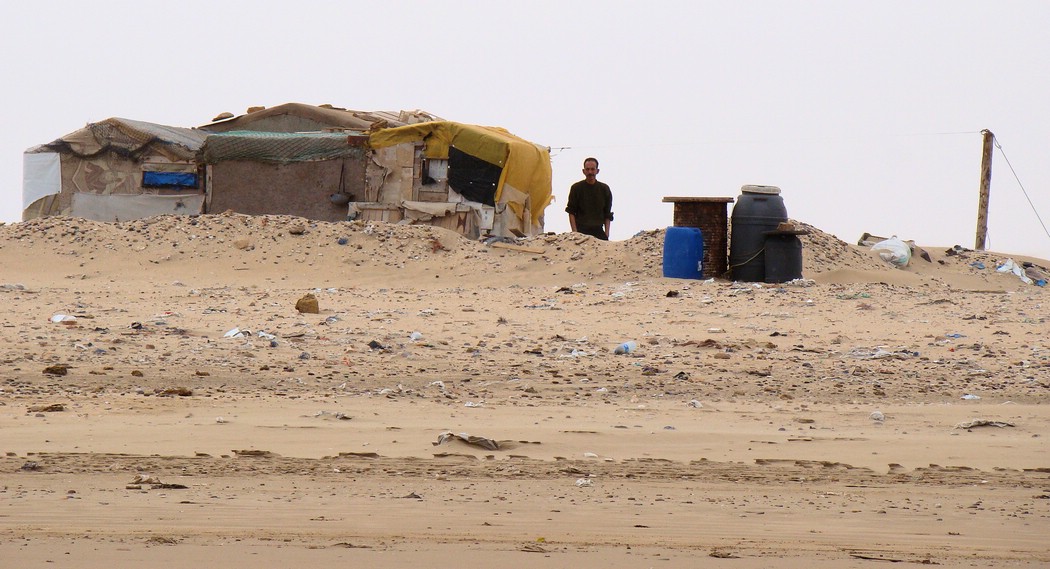
Impoverished fisherman by his makeshift shed, Tarfaya, on the Atlantic coast of Morocco: photo by Bjørn Christian Tørrissen, April 2011
One hand isn't enough to write with
These days
it takes two
And the second needs to quickly grasp
the craft of the unspeakable:
to embroider the name of a star
that will rise after the next apocalypse
to see the unbreakable thread among thousands
to weave from the fabric of passions
swaddling bands, overcoats, winding cloths
to carve a beginning from a pile of waste
Two hands aren't enough to write
These days
with its grinding miseries
it would take three or four
for life to bother visiting
this wretched white wasteland
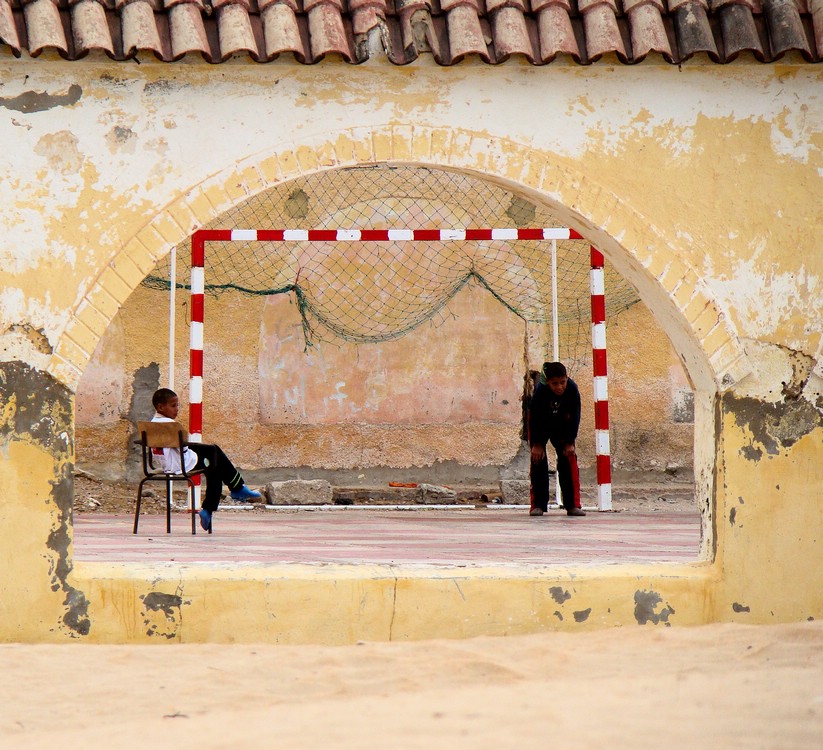
Boys at improvised street soccer pitch, Tarfaya: photo by Bjørn Christian Tørrissen, April 2011
Par les temps qui courent
il en faudrait deux
Et que la deuxième apprenne vite
les métiers de l'indicible:
broder le nom de l'étoile
qui se lèvera après la prochaine apocalypse
reconnaître entre mille le fil qui ne casse pas
coudre dans l'étoffe des passions
langes, capes, linceuls
sculpter l'aube dans un tas d'immondices
Deux mains ne suffisent pas pour écrire
Par les temps qui courent
et les misères qui grondent
il en faudrait trois, quatre
pour que la vie daigne visiter
ce terrible désert blanc
Abdellatif Laâbi (b. Fes, Morooco, 1942): One hand isn't enough to write with / Une seule main ne suffit pas pour écrire, from L'etreinte du monde, 1993; literal translation from French original by Andre Naffis-Sahely; final translated version by The Poetry Translation Workshop, 2012
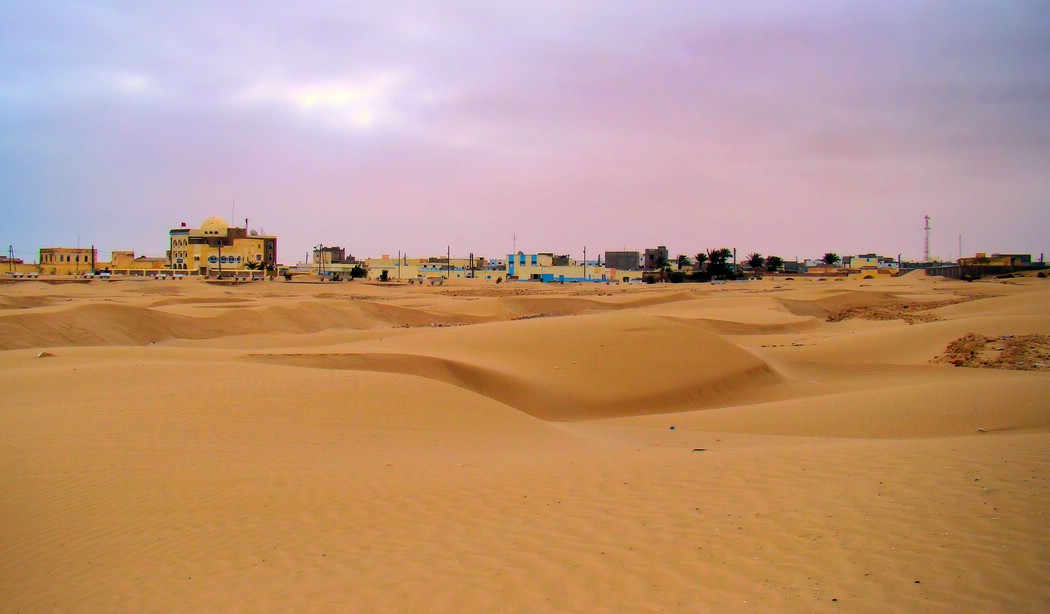
Tarfaya, on the Atlantic coast of Morocco: photo by Bjørn Christian Tørrissen, April 2011
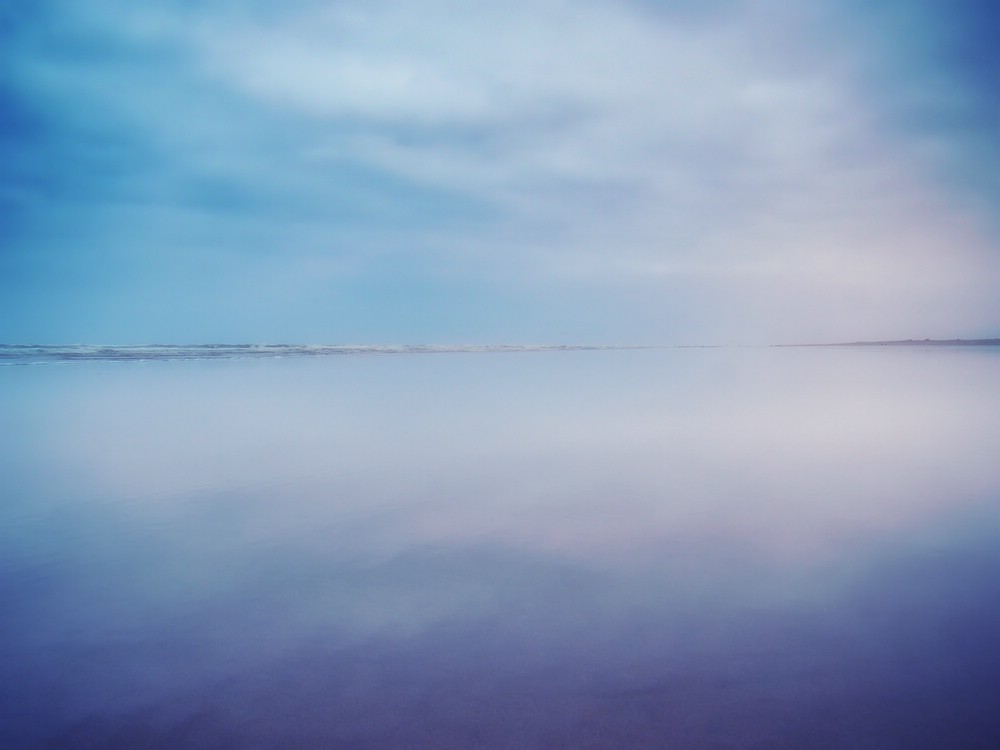
Blowing sand over the shoreline, Tarfaya: photo by Bjørn Christian Tørrissen, April 2011
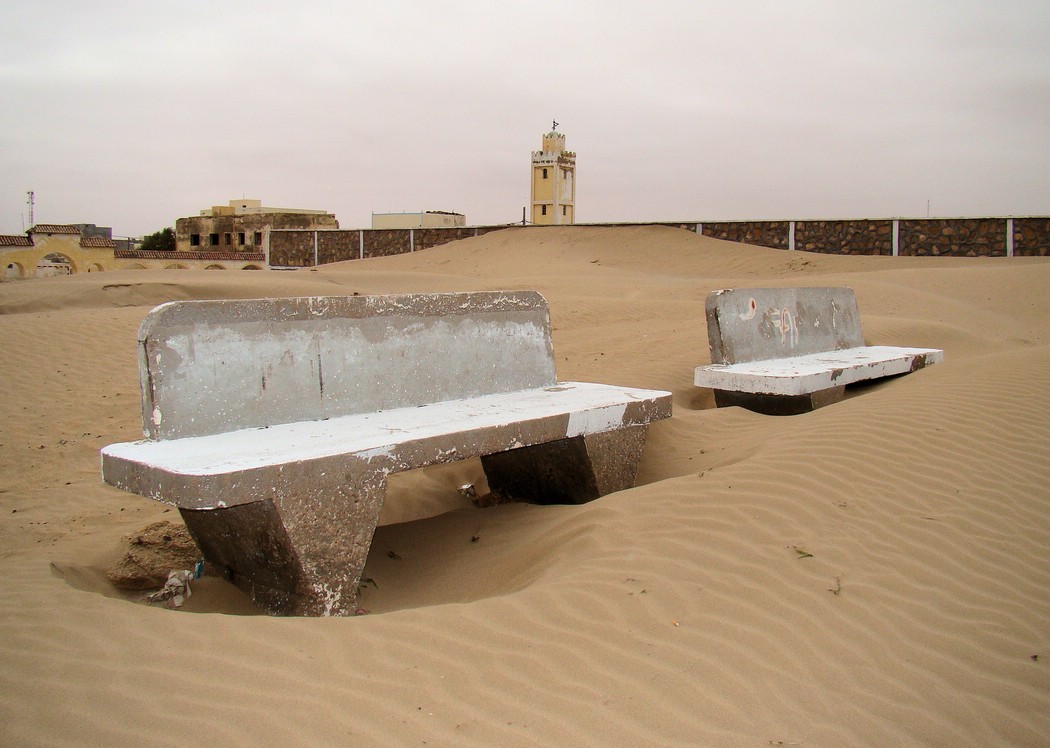
Cement benches in sand-covered public park, Tarfaya: photo by Bjørn Christian Tørrissen, April 2011
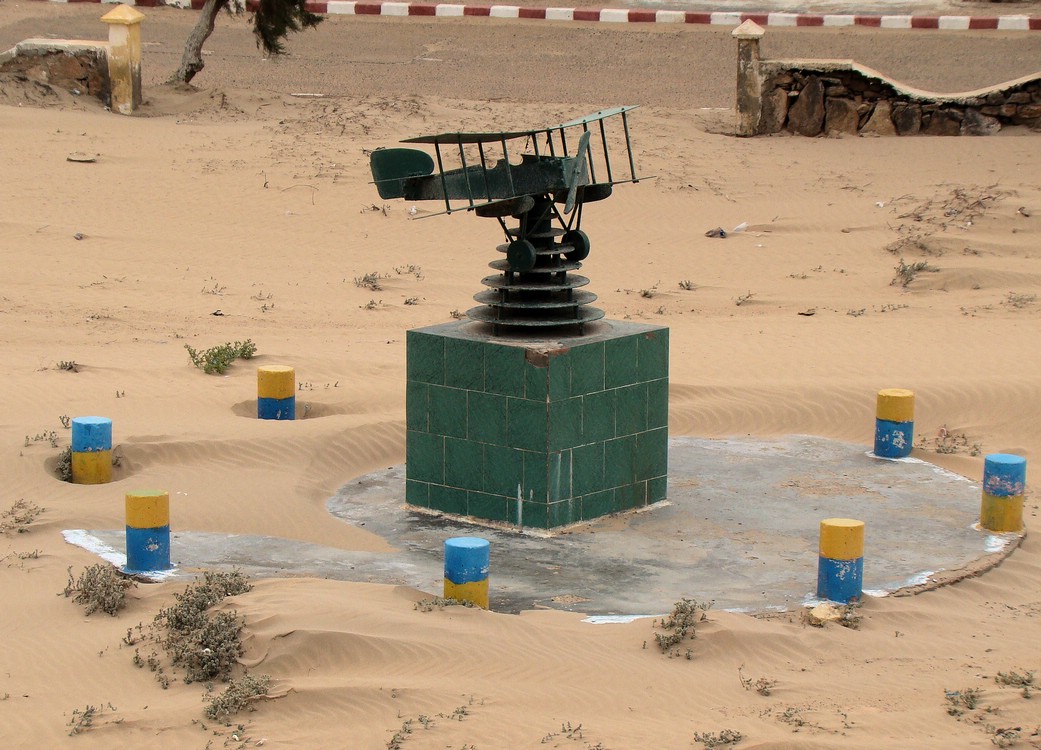
Monument at small museum dedicated to the French aviator Antoine de Saint--Exupéry at Tarfaya, one of the resting stops on the former Paris-Dakar postal route: photo by Bjørn Christian Tørrissen, April 2011
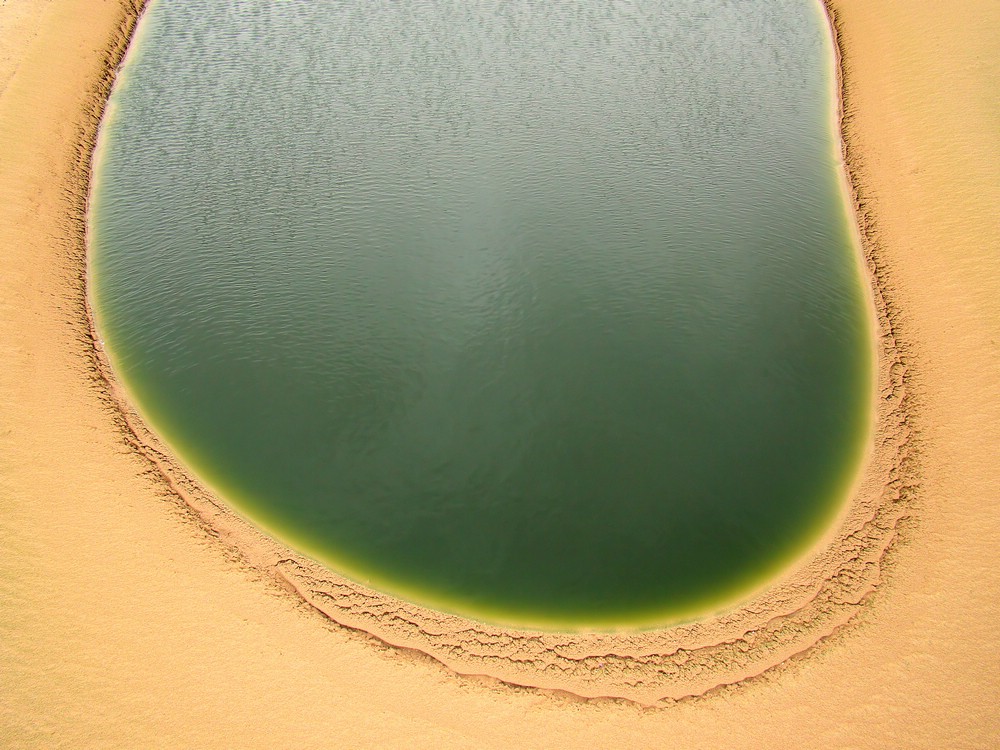
Waste dump site in the desert outside Tarfaya: photo by Bjørn Christian Tørrissen, April 2011
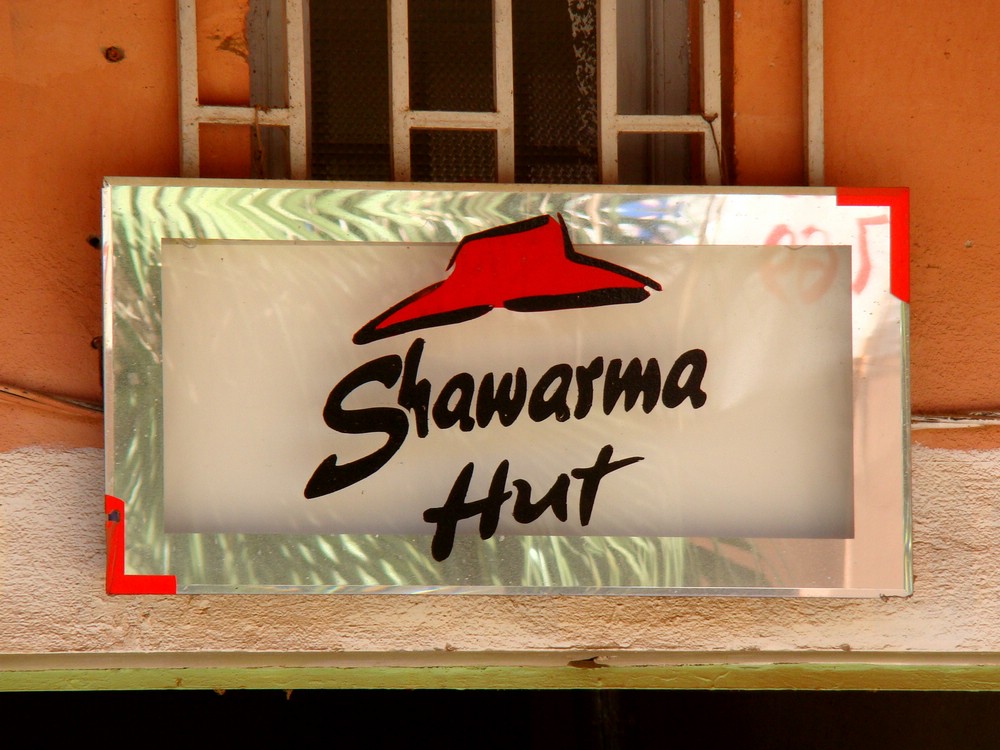
Shawarma Hut signboard, Tarfaya: photo by Bjørn Christian Tørrissen, April 2011
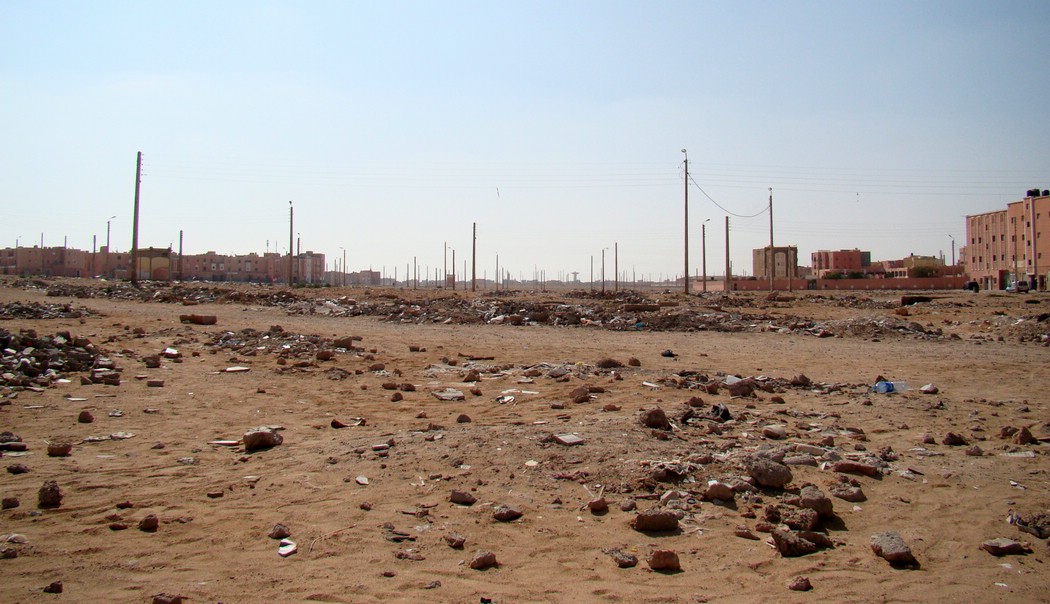
Wasteland scheduled for apartment block development in Laayoune/Al Ayoun, Moroccan-occupied capital of Western Sahara: photo by Bjørn Christian Tørrissen, April 2011
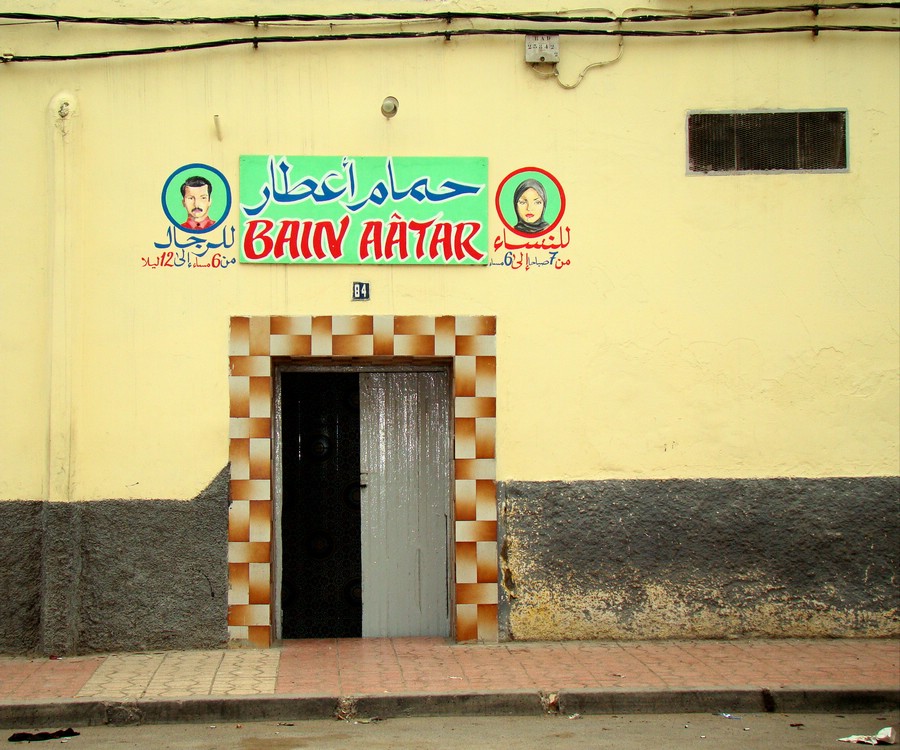
Hammam (public shower/bathing place), old town of Inezgane: photo by Bjørn Christian Tørrissen, April 2011
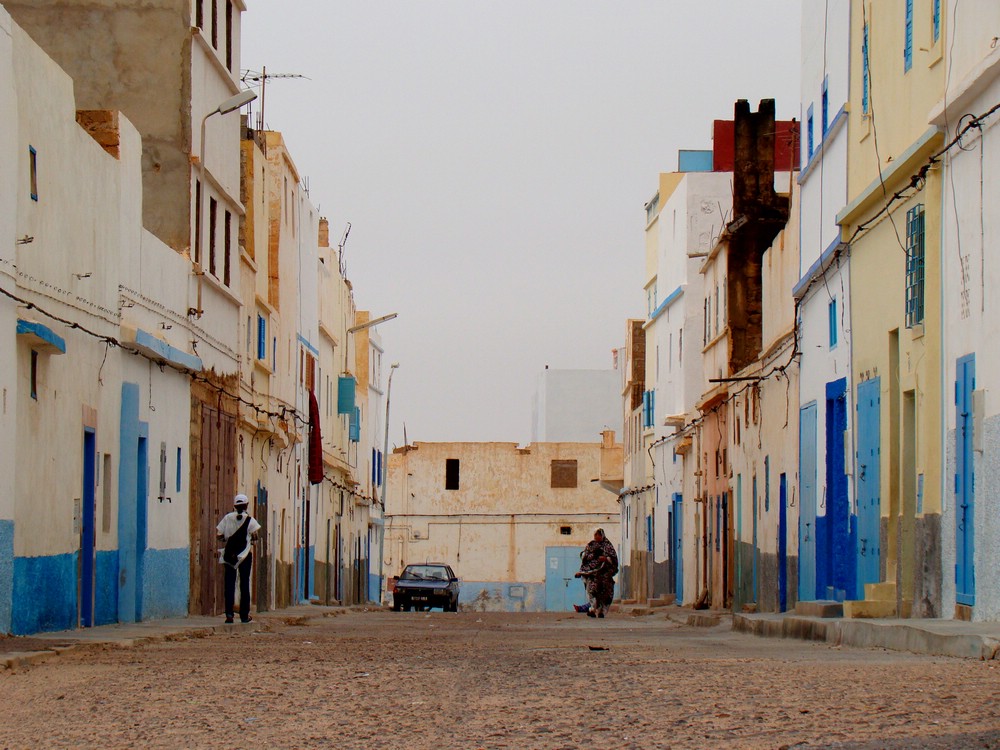
Street scene, Sidi Ifnia: photo by Bjørn Christian Tørrissen, April 2011
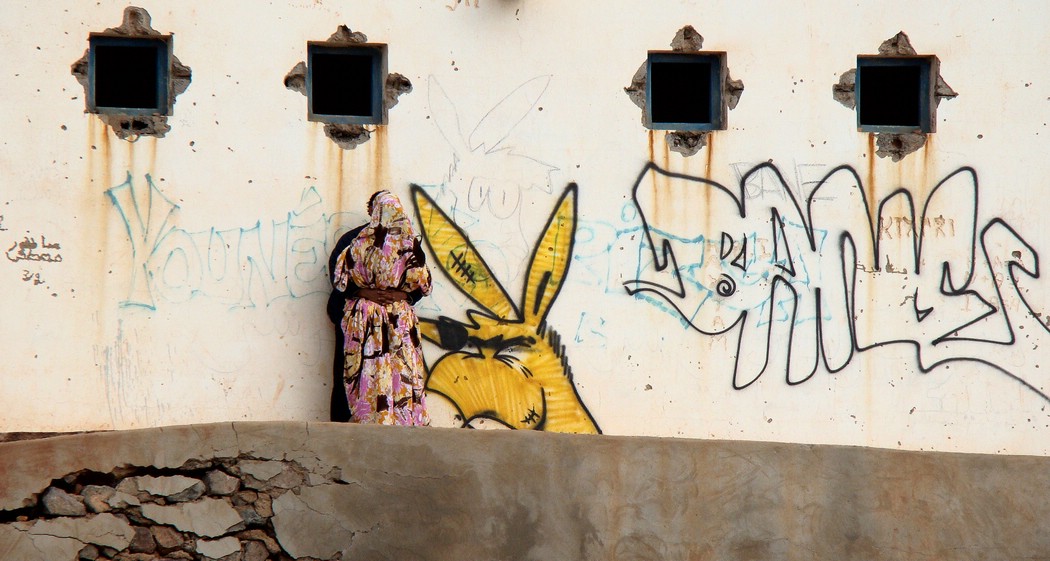
Couple embracing in a secluded spot behind a derelict building on the beach, Sidi Ifni: photo by Bjørn Christian Tørrissen, April 2011
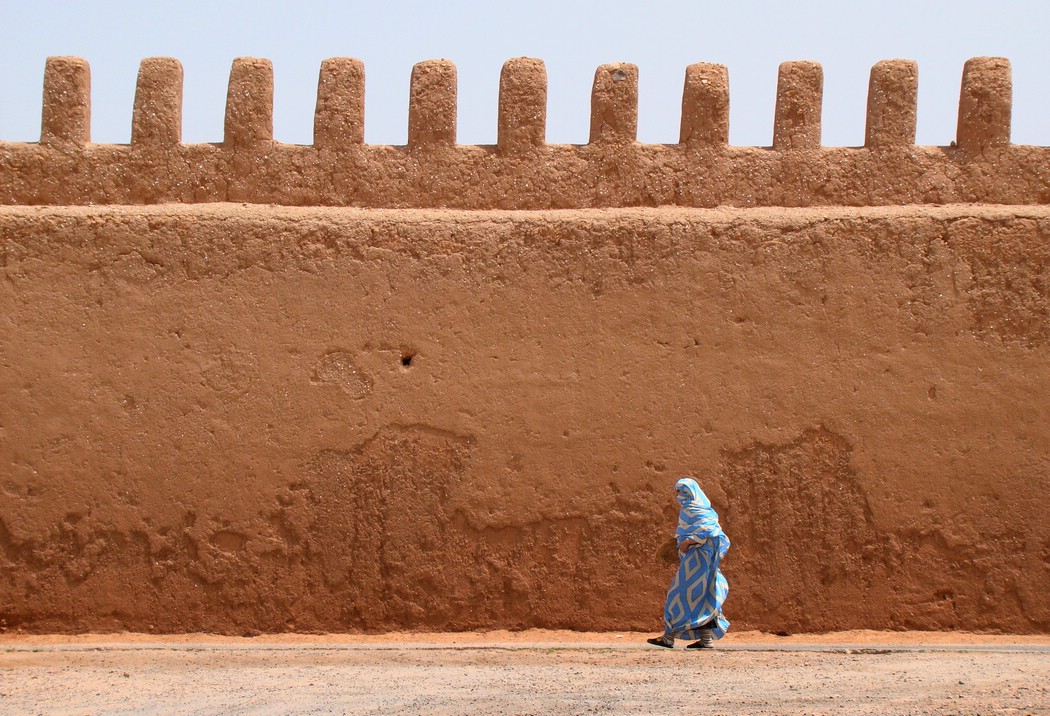
Old city wall, Tiznit: photo by Bjørn Christian Tørrissen, April 2011
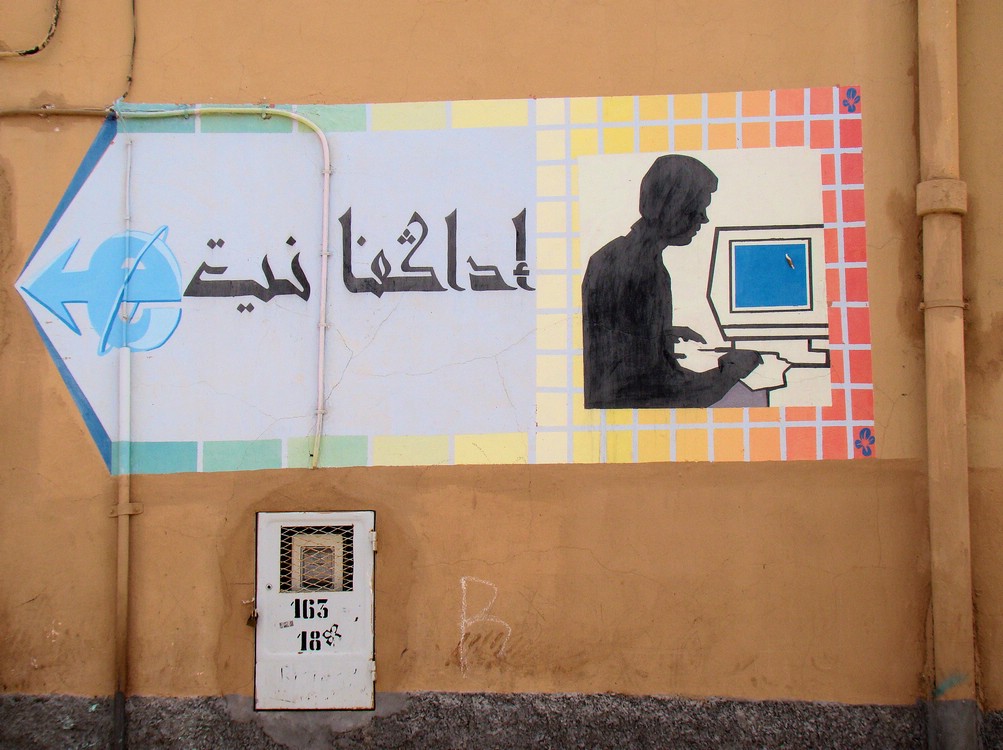
Sign advertising internet access, Tiznit: photo by Bjørn Christian Tørrissen, April 2011
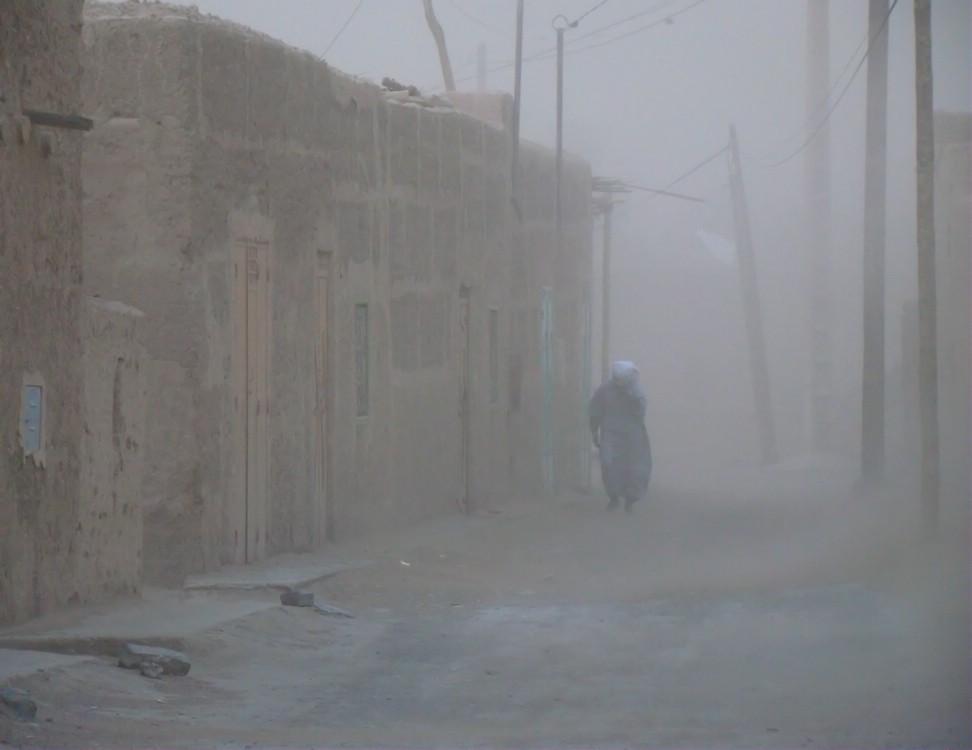
Dust storm, Merzouga: photo by Bjørn Christian Tørrissen, April 2011
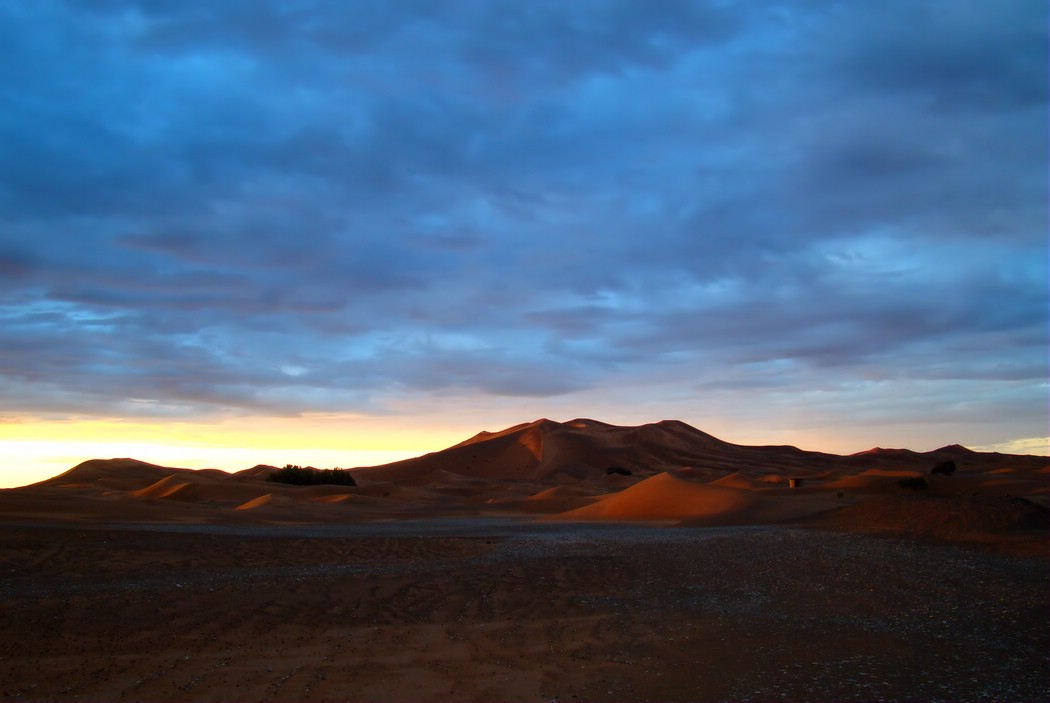
Morning in the desert after the dust storm has passed, Merzouga: photo by Bjørn Christian Tørrissen, April 2011
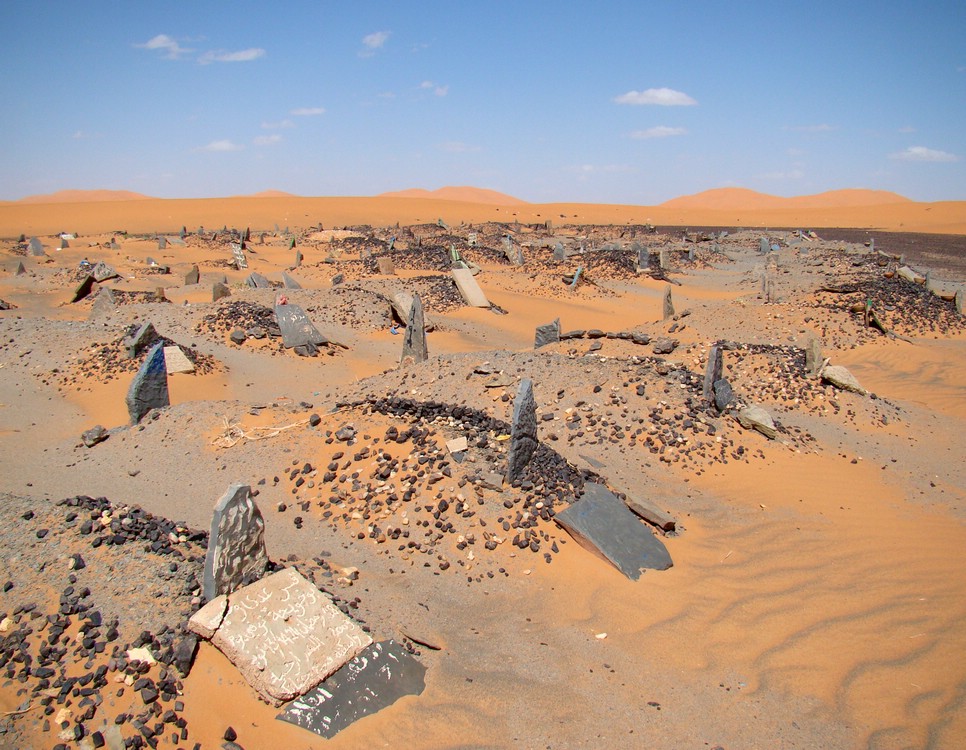
Cemetery, Merzouga: photo by Bjørn Christian Tørrissen, April 2011
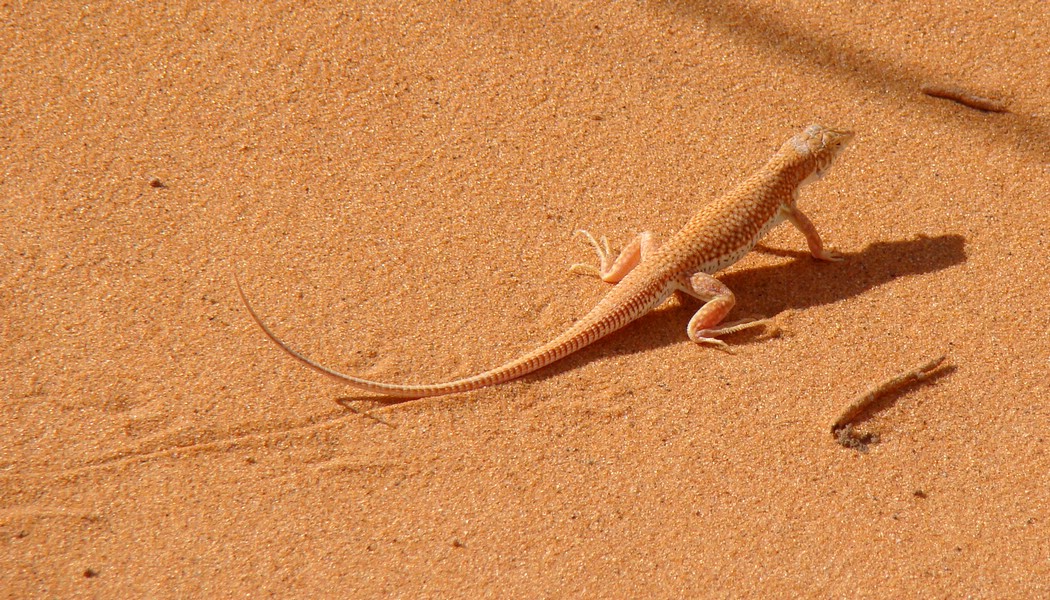
Lizard in the desert, Merzouga: photo by Bjørn Christian Tørrissen, April 2011
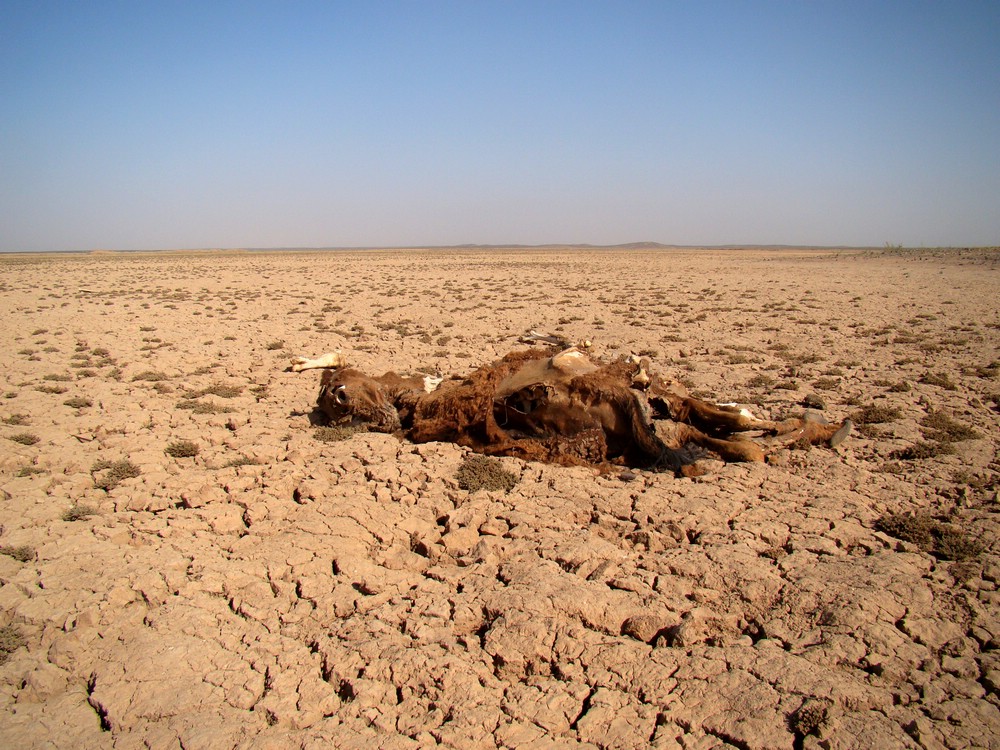
Remains of dromedary in the desert near Merzouga: photo by Bjørn Christian Tørrissen, April 2011
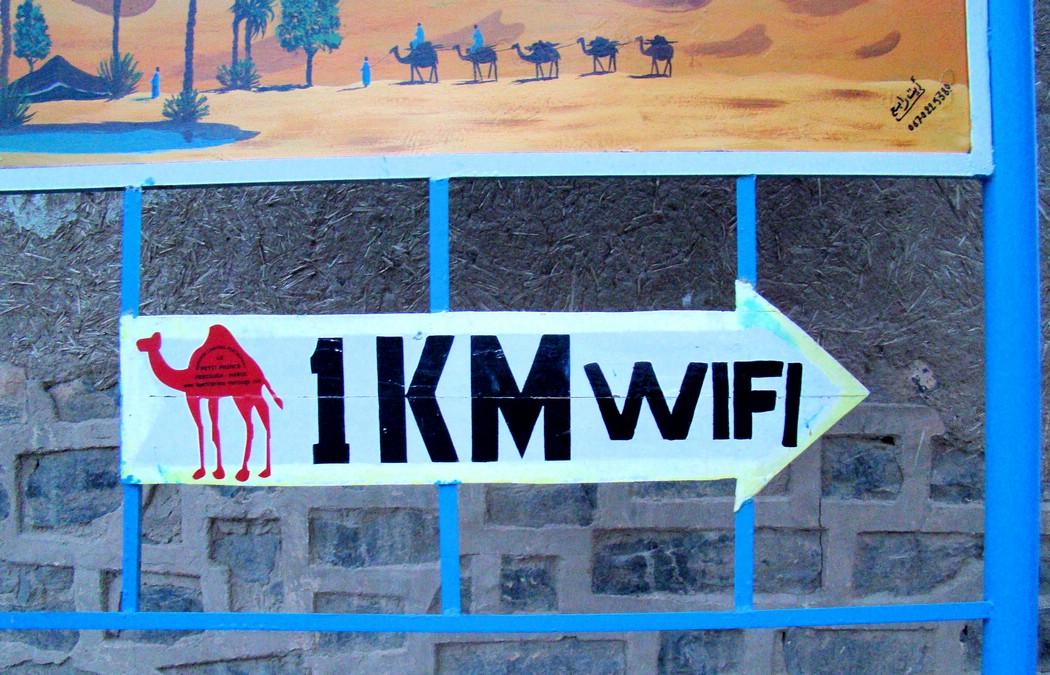
Sign advertising WiFi, Merzouga: photo by Bjørn Christian Tørrissen, April 2011
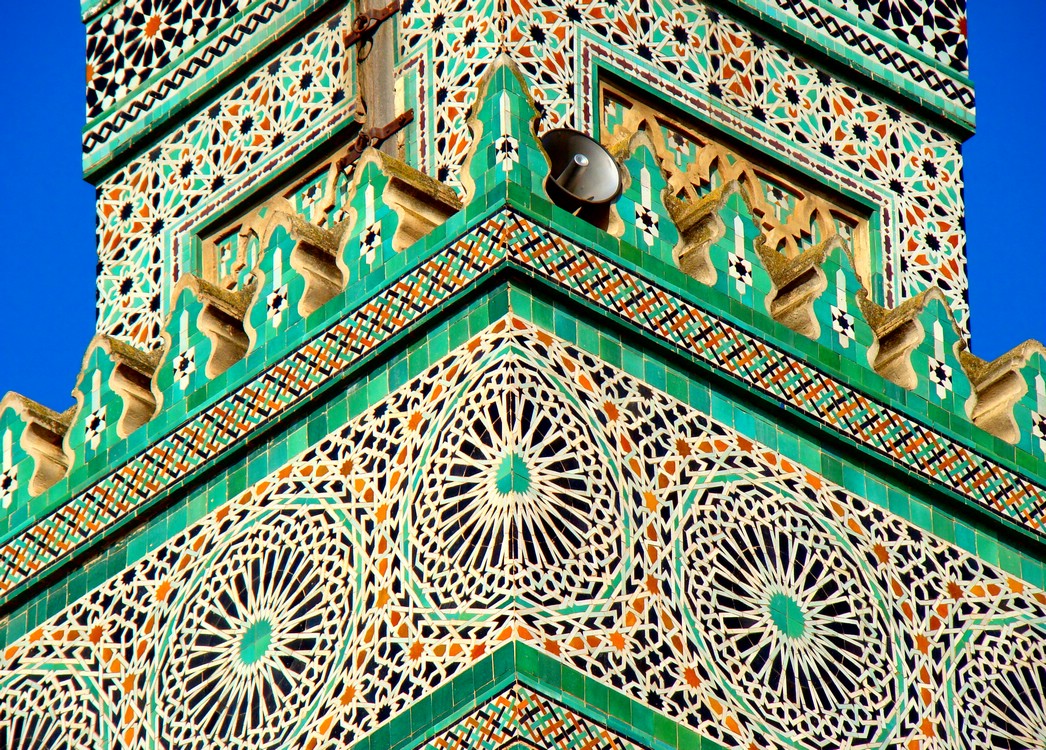
Details from the minaret of Medersa Bou Inania, Fes: photo by Bjørn Christian Tørrissen, April 2011
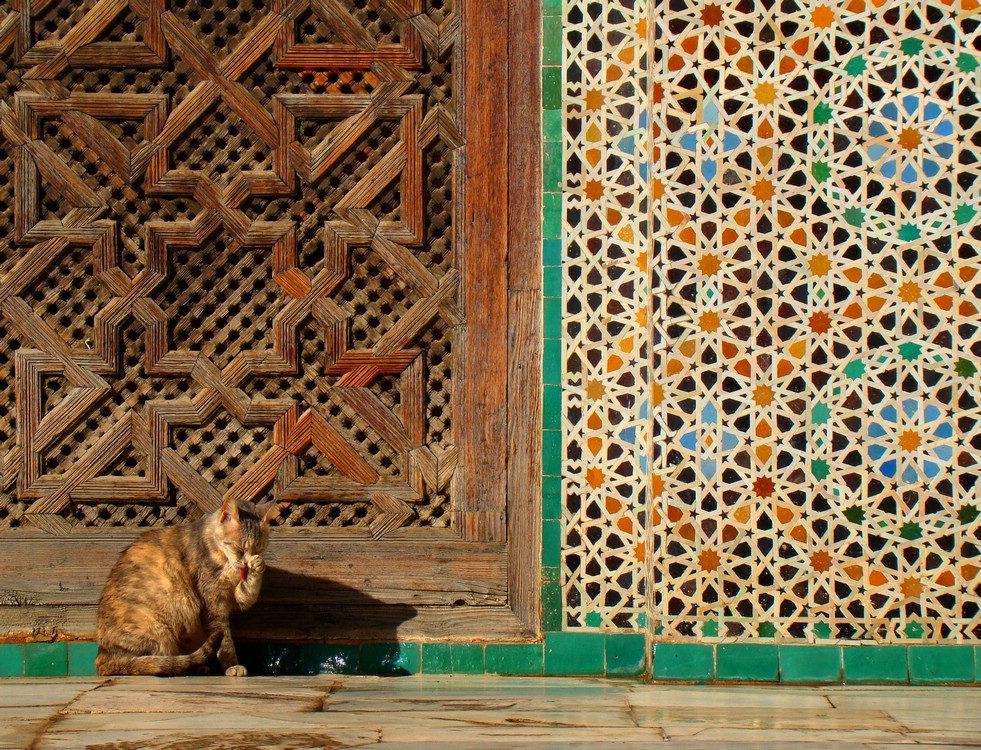
Cat at the gate of Medersa Bou Inania, Fes: photo by Bjørn Christian Tørrissen, April 2011
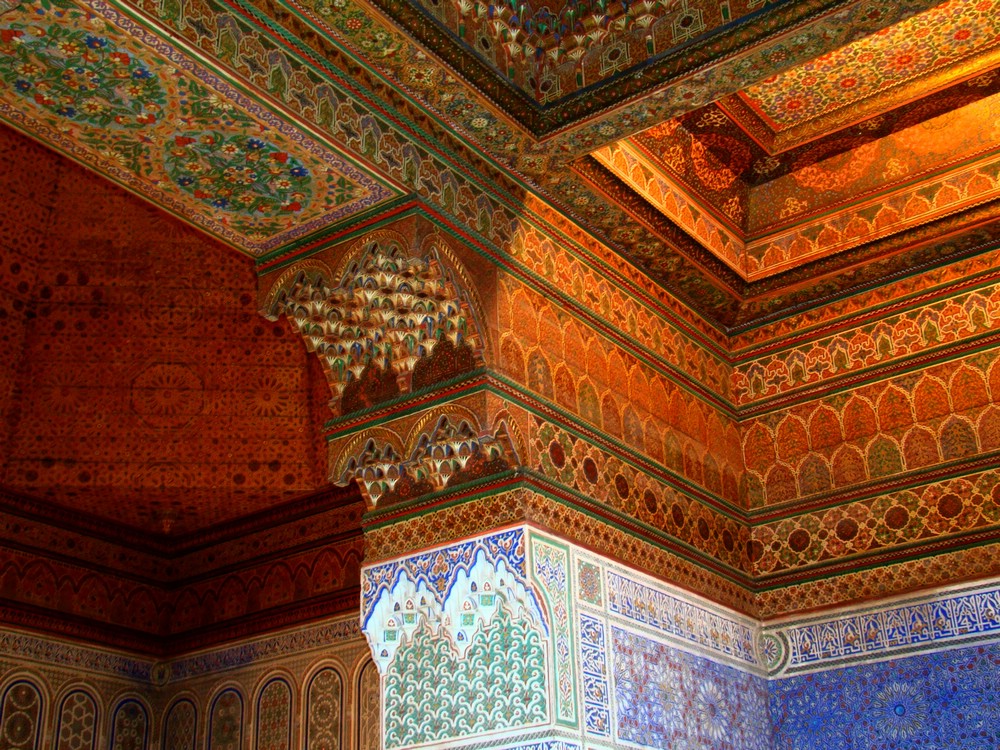
Ceiling and wall pattern, Dar Si Said Museum, Marrakech
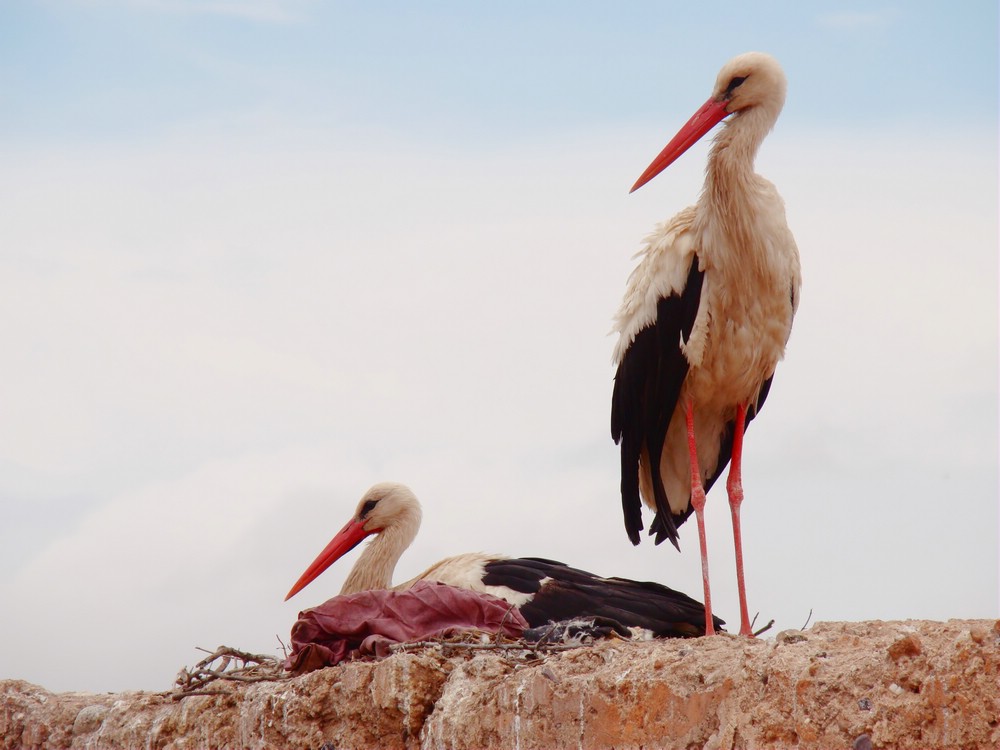
A pair of white storks with their chick in a nest balanced atop a wall, Marrakech
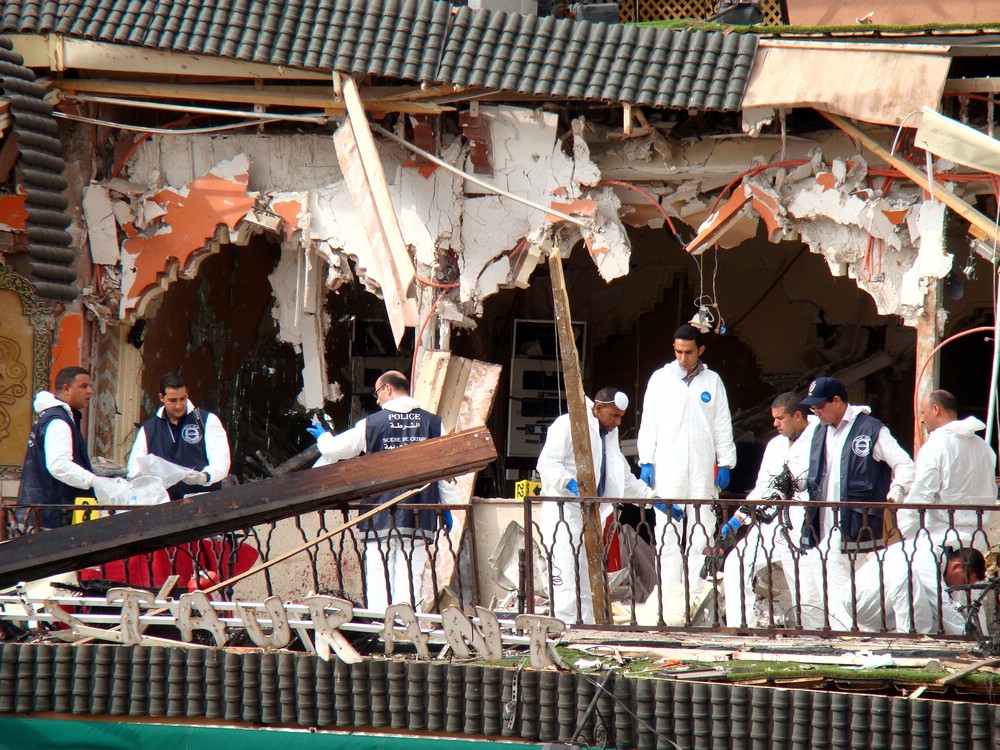
Chaotic situation at Djemaa el Fna square, Marrackech, as officials search for fingerprints and bomb fragments in the wake of the Argana restaurant suicide bombing that killed seventeen people (seen from Casablanca-Marrakech bus): photo by Bjørn Christian Tørrissen, April 2011
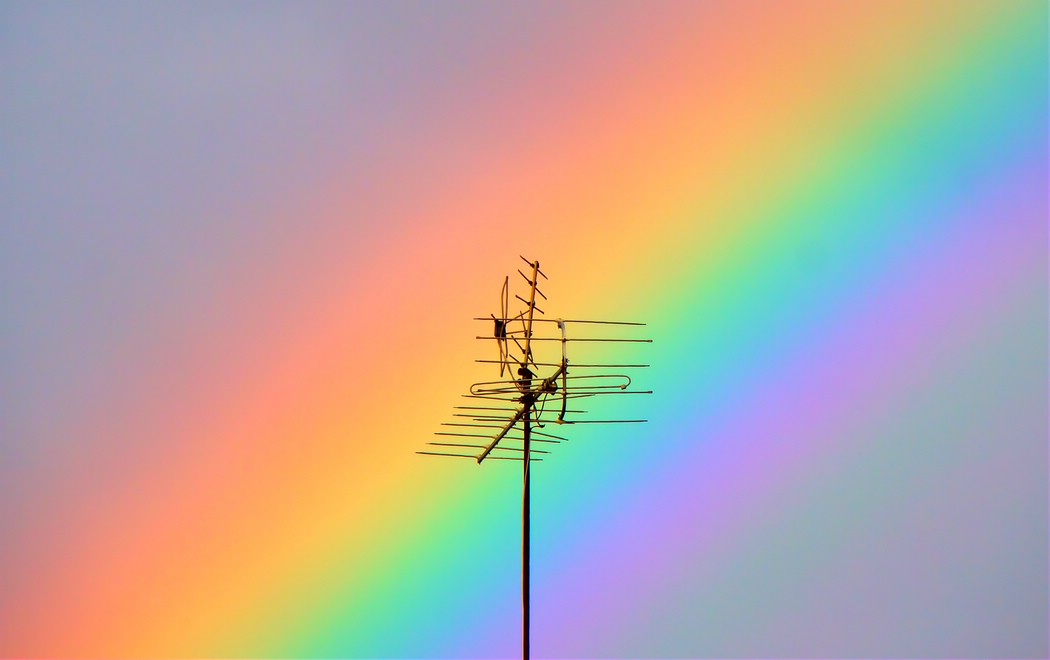
A rainbow runs across the sky above a mourning Marrakech late in the day of the suicide bombing: photo by Bjørn Christian Tørrissen, April 2011
All photos by Bjørn Christian Tørrissen, April 2011
to carve beginning from a pile of waste
ReplyDeleteWhere else can the thin green threads of hope show up but some impossible stretch of non-place.
The horrible beauty of the waste pool leaves a sour battery taste on the tongue.
pain brings people together
ReplyDeleteI love the photograph of the cat at the minaret & of the cemetery. & the poem, well, what can be said of it? Have we enough tongues? Tears?
ReplyDeletePerhaps like the boys playing soccer, we must always respond to the goal scored not with celebration or defeat but preparation for the ricochet.
ReplyDeleteAs a mercy to ourselves
ReplyDeletewe should now dispense with
the fear and dread
and admit
that no longer is it coming . . .
it’s here.
Having arrived
like a tree felled—
crashing, slowly at first,
thensuddenlyfaster
allatonce.
The next apocalypse
was yesterday.
Among the ruins,
catastrophe becomes a way of life.
We get on with the weaving.
Our knowledge of pain is broadened when we consider what it might feel like to be systematically deprived of our humanity. There is a terrible dialectic here. Someone is always scoring and someone is always picking the ball out of the net and returning in anger to the field of play.
ReplyDeleteThe ricochet effect or random scatter of pain and fear across an already tortured and oppressed landscape risks unexpected consequences, but of course that possibility cannot stop the inexorable process once begun. There's no going back. Domination always relies on power, often expressed in this random way, as an instrument of control. "History" thus does indeed take on an aspect of tracer fire in the dark. The fallout is unpredictable and unending.
Be assured there is no skinny-dipping in that acid-green swimming hole in the desert.
From my time in Fes in 1964 an image that remains vivid is that of the multitudes of extremely undernourished stray cats, commonly as thin as pipe cleaners. That cat at the school gate here, however, looks to be the best fed cat in Morocco. Someone at that school has a generous heart.
(Thinking of the recent story, from the other end of this of region of many tears, of the small Bedouin village school on the West Bank threatened with demolition by the encroaching of the settlements; one of 37 Palestinian schools currently so endangered... "Pain brings people together".)
thanks Tom for the explanations...I think that it is not possible to "imagine" someone else´s pain...but maybe those who "suffer" in different ways have something in common...an inner closeness may arise although not possible to express (I think my ideas are not well communicated just now in content and grammar...:)
ReplyDeleteSandra expresses it well: ‘ . . . those who "suffer" in different ways have something in common...an inner closeness may arise.’ Empathy, sympathy, compassion—they’re ways of being connected, maybe the most vital, whether as individuals or as a collective.
ReplyDeleteColor, what is your meaning
ReplyDeletein the dust
desert of dull
piled up faded
drifts--human factor contrast
eyes cross bright sun
color sooths in the shift
left and right
surreal symmetry. I teased
a bit about the wrapped ones
before. I don't imagine them
now. Don't see their faces
cracked, yet put back together again
tough eggs of the past.
Rainbow, you show up
too late. Time has stopped
in the late afternoon
where the memory of so much water
keeps hanging on
blowing around.
One rainbow is not enough to cry to.
ReplyDeleteOne ear is not enough to bend.
One tear fell into the steam vent.
One foot is not enough to massage
the other one gets jealous
begins to ache just a little.
One dune is not enough to sleep on.
One grave looks lonely
kicked by the wind. There's more.
A handful like jewels. The ocean a concept like space.
"embroider the name of a star"
ReplyDeleteArt, save me
over and over
from the likes
of insane edges
and I will give you
both hands
both hearts
both eyes
one ear
and one sense
to go with them.
Take them take this lament
and wrap it up
store it away
somewhere terribly dry
like Morocco
where it finds
friendly company
for one more night.
Department of Oasis
ReplyDeleteA basket, a nest, a sign of hope. What we learned from birds, how to weave, how to hope.
it puzzled me why the Bohemian would want to sit at the church bazar, there, among the crocheted and knitted things, the embroidery. She said her grandma had those things around to protect the furniture from the men's hair wax--their waxy hair--round symbols of hope or hopeful preservation and endurance
Peace.
Careful mosaic, what rebus do you spell? That everything is placed just so? What about the exploded ideas that language has not caught up with? How to tell the horses to run fast there, how to let the camels loose to find their own water?
In the Mojave
palms were planted
on purpose
to mark water
continually maintained
by periodic burning
to come back
healthy and strong
purposeful burn
is needed for the old places
but when they are not there
not even as memories
there is nothing to burn
in that desperate Department.
Grossly inappropriate in the context of this post but judging from the remains of the dromedary (and the sign pointing to the nearest WIFI oasis), it looks like it was heading the wrong way.
ReplyDeleteAbout that dromedary, the photographer says this:
ReplyDelete"As we walk through the desert, we often find bones lying around. Usually they have been there for a long time, but this dromedary must have died fairly recently. Sometimes they just fall over because they are old, at other times they're pushed towards the light by exhaustion and dehydration. Unless they're found immediately, both their hide and their meat is useless, and their owners will just leave them there to slowly rot away."
Having once been foolish enough to venture into that desert, I learned that it is no laughing matter to be caught for any period of time in the mid-day sun. The standard recommended precaution, in the event of such an emergency, was to crawl under one's vehicle, and stay there. But of course dromedaries do not HAVE vehicles; they ARE vehicles.
Hitchhiking once with some young German travelers in a VW across a high dry plateau in the Atlas Mountains, I was stranded a few hours before nightfall when a rock punctured the gas tank, and the Germans hiked off in search of help. Grave warnings about the potential hostility of the Bedouin tribesmen of the region had been received and duly noted. So there, upon the dry baked earth, in the minimal shelter of the disabled vehicle, I waited. Soon enough the dim apparition of a line of robed figures materialized far off at the edge of the plateau. This was their place. They were watching. It took a bit of time to grasp the fact that whatever they may have thought, they certainly intended no harm. As darkness fell the Germans returned with a can of petrol and a bar of soap. Soap is the desert quick-fix for rock-punctured gas tanks. With the soap wedged into the tank, we proceeded on.
The Germans dropped me off in Fes and appointed a time and place for the resumption of our journey together, five days hence. At the determined hour, I stood awaiting in the blazing heat. For awhile. And awhile longer. The Germans never did show up.
But unlike that sad dromedary, I had a last resort. The youth hostel.
Pain and beauty make odd companions. Reminds me of photos my daughter took of the desert--cows eating flaming garbage among the bones of camels.
ReplyDeleteSome things are hard --impossible--to fathom.
Of course you're right, Nin. Pain is a companionless state. It brings people together, as Sandra suggests, but only in the sense that it is sometimes shared in common, when many suffer. But it also separates, in the sense that it must finally be experienced alone.
ReplyDeleteWhat is unfathomable is that it is endured, when it is endured.
In my recent experience at the Trauma Center I found myself in a large space in which many people were suffering at the same time. It was impossible to ignore the suffering of others. It was equally impossible to help.
The fundamental fact that pain is an element of the human condition is denied and/or avoided by many people in this country. There are those who would attempt to buy their way out of this hard bargain. In other places, maybe not so much.
As to beauty, Morocco is perhaps the most beautiful place I have ever seen. And there was suffering everywhere. And courage to endure -- another sort of beauty. But of course beauty can never cancel out pain. Indeed the two categories seem altogether incompatible, in the end.
pain and pleasure
ReplyDeletebeauty is the glue that
holds them both together
each is an eye that
only sees part of the picture
together they
reveal all details
pain endures
pleasure fleeting
death in life
and life in death is
breathing
That last word is the Word that helps us to see.
ReplyDeleteDeath, the mother of beauty; pain, the tear in the corner of her eye.
WB says the horrible beauty of... and I feel the same way. My first reaction when I see the photos is oh those are absolutely stunning. How can so much beauty derive from so much pain. It always does and we will never have enough words to express it.
ReplyDeleteClin d'oeil to Saint-Exupery, another present for me today!